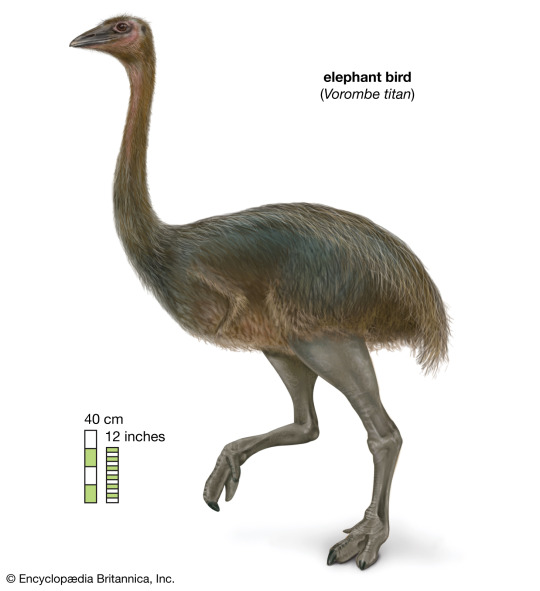#vorombe
Explore tagged Tumblr posts
Text
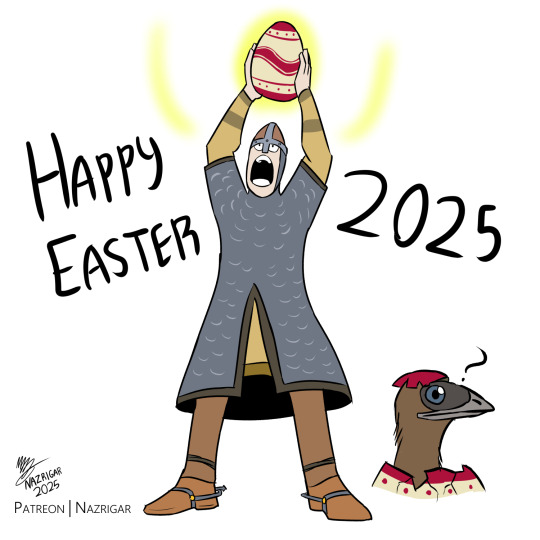
To those that celebrate, have a Happy Easter!
Context: Elephant birds only went extinct around 800-1100 AD/CE, meaning that they were contemporaries to the early middle age civilizations of that era. They also laid the biggest eggs of any animal.
So here, a Norman Knight, through impossible means, got an elephant bird egg, and praises the heavens as he painted the BIGGEST easter egg!
#nazrigart#paleoart#paleontology#elephant bird#vorombe#vorombe titan#norman knight#normandy#history#history art#digital art
92 notes
·
View notes
Text
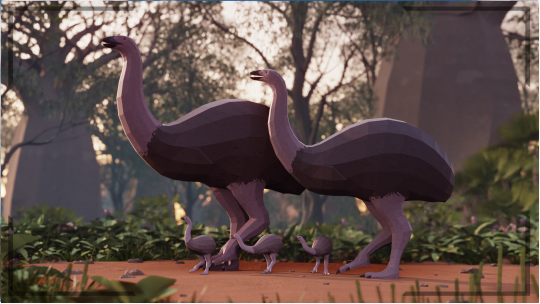
Elephant Bird (Aepyornis maximus) - possibly the largest bird in history, with some estimates reaching 1,000kg. The genus was endemic to Madagascar, with two species, the smaller A. hildebrandti and A. maximus (which, according to the latest research includes Vorombe Titan). Aepyornis maximus was sexually dimorphic, with females being much larger than males. Until recently they were thought to be a separate genus, the Vorombe titan. However, recent studies of their DNA show that they're genetically identical and belong to the same species.
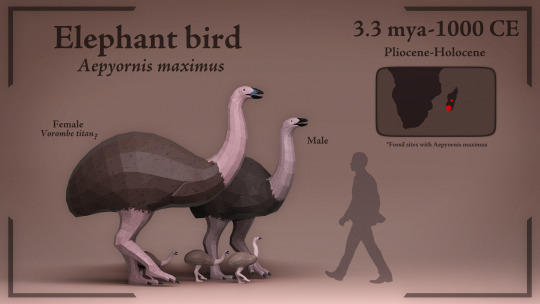
Aepyornis had the largest egg of any known bird, dinosaur or amniote in general, with a volume of 5.6-13 litres. There is an almost complete skeleton of Aepyornis from an intact egg, which is much more robust than hatchlings of other ratites such as emus or ostriches.
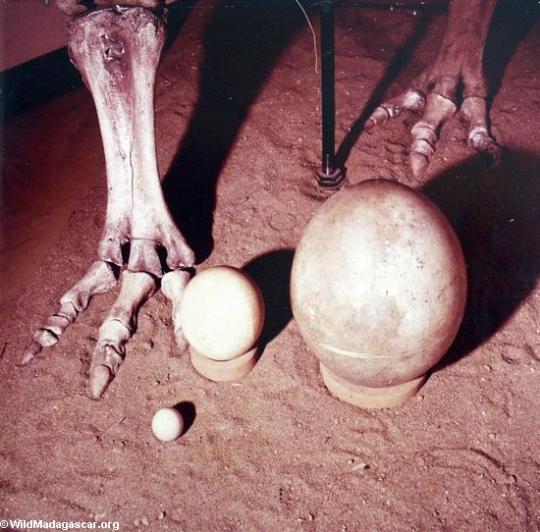
In 2014, successfully sequenced DNA answered the question of the origin of these giant birds and their place in taxonomy - their closest living relative is a kiwi. The two diverged about 54 million years ago and both, like most ratites, became flightless independently.
Similar to the kiwi, Aepyornis maximus had reduced optic lobes, suggesting a nocturnal lifestyle. A. maximus had relatively large olfactory bulbs, larger than its relative, A. hildebranti, resulting in a greater sense of smell.


Isotope analasis suggest that the A. maximus were a browser, combing all this knowledge we can say that these giant birds were nocturnal, heavily reliant on smell, giant herbivore, living in dense forest, type of habitat that began to disappear with the arrival of humans. Elephant birds became extinct about 1000 years ago. The reason for this is, of course, was man. But it's not clear if it was just hunting, we're not sure of when humans arrived and colonised Madagascar. The archaeological sites suggest that humans arrived no earlier than 1,500 years ago. However, there are Aepyornis bones with cut marks dating back to 10,000 years ago.
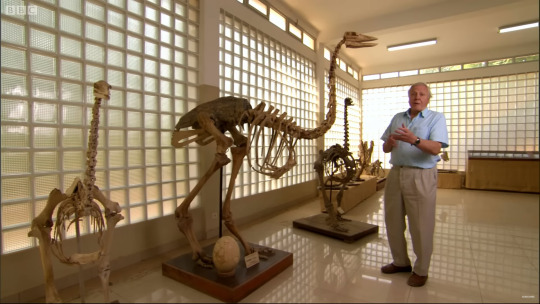
It is possible that humans only recently colonised Madagascar, around 1,500 years ago, but may have visited or accidentally crashed on the island earlier. Either way, there were probably many causes for the extinction of Aepyornis, similar to other megafauna of Madagascar.
Hunting, theft of eggs, transfer of hyperdiseases from livestock and finally massive deforestation as a result of agricultural fires, which continues to this day, have turned Madagascar into a burning paradise, endangering the remaining biodiversity.
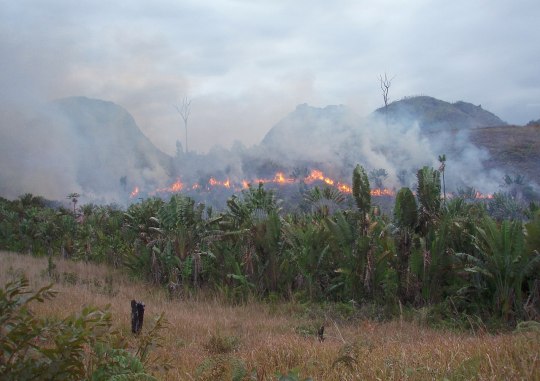
#3d#blender#paleoart#lowpoly#prehistoric#paleontology#animal#wildlife#bird#aepyornis#vorombe#ostrich#madagascar#dinosaur
41 notes
·
View notes
Text
Remember: Feathers and Scales are plastic traits, and not mutually exclusive! It seems very likely that most dinosaurs had some form of feathered integument somewhere, even if it is minor or for display only. Living birds, no matter the size, do not completely lose their feathers! And, in fact, many birds have both feathers and scales in the same tissue location! So, while many of these do not have direct evidence either way in terms of their integument, we can be fairly sure (based on ecology and proximity to modern birds) that these friends all had floof ^_^
314 notes
·
View notes
Text

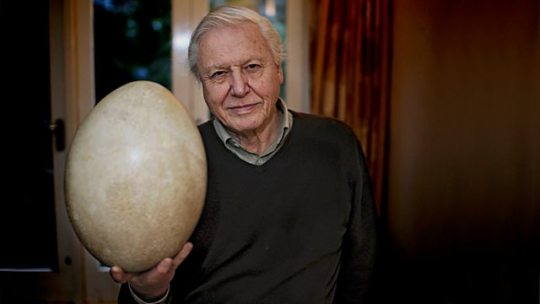
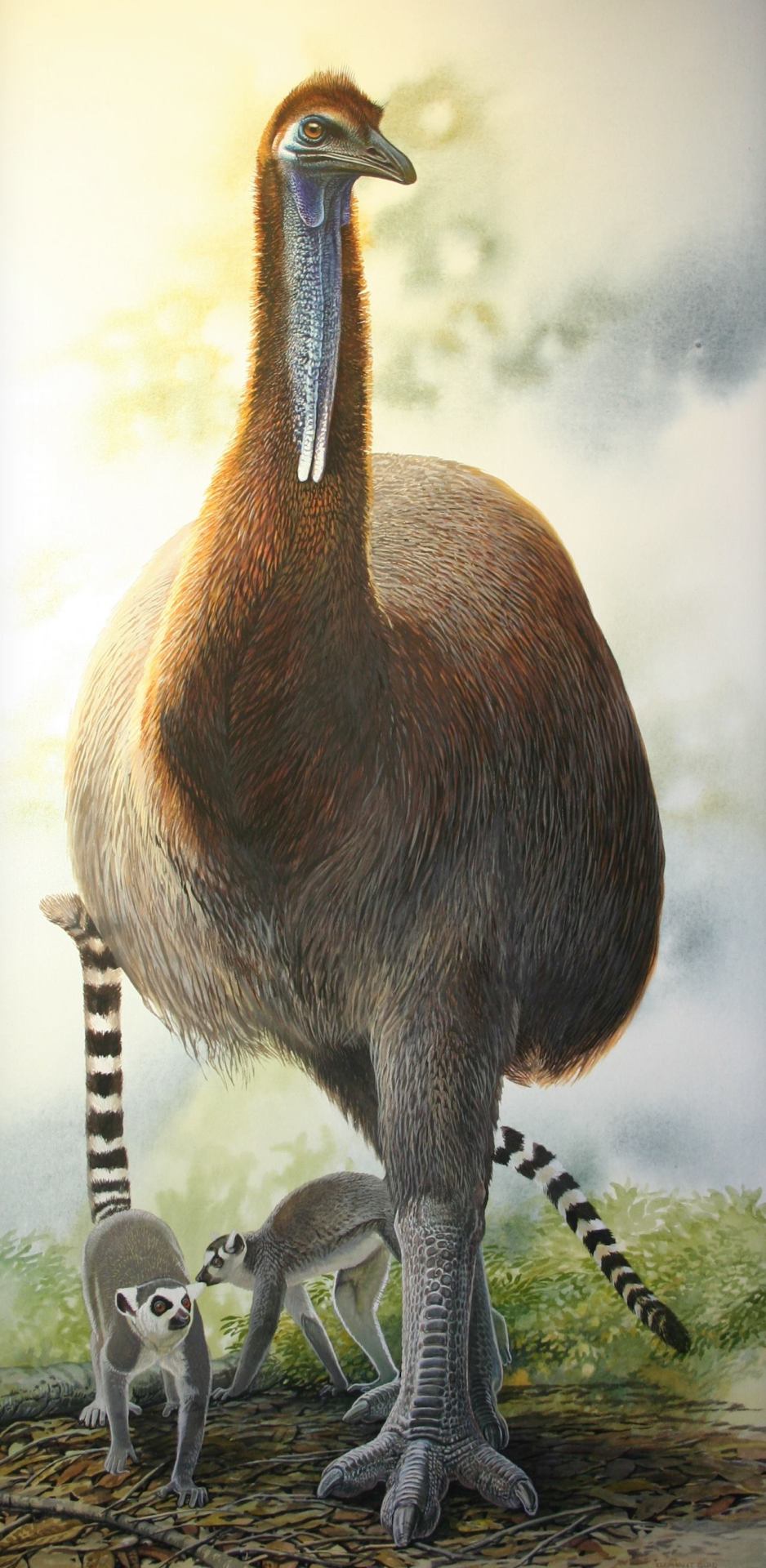

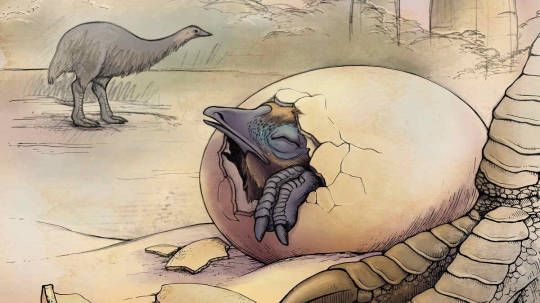

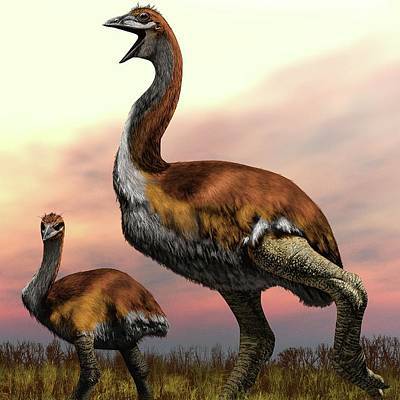
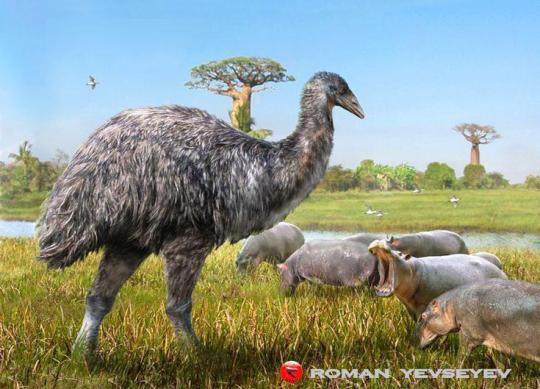
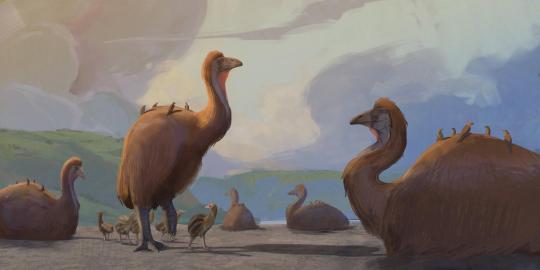
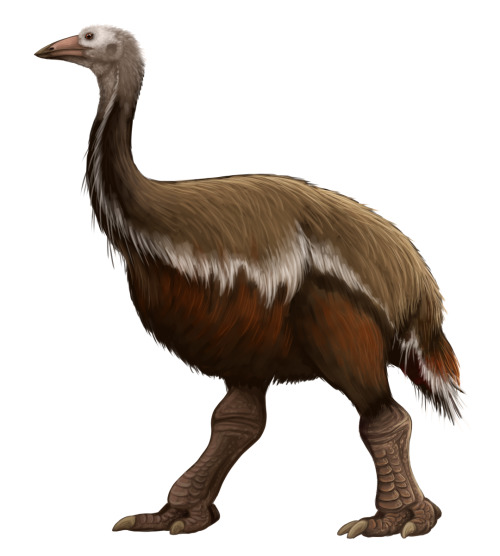

Aepynornis is an extinct genus of elephant bird which was endemic to the island of Madagascar, Aepyornis first split from its elephant bird relative the Genyornis during the Oligocene epoch some 27 million years ago and existed well into the Holocene until around just 1,000 years ago. The first remains of Aepyornis to be scientifically described were actually several partial eggs found in the mid 1800s which were found and studied before any physical remains of the birds themselves. With the type species Aepyornis maximus being established in 1851. The number of species of aepyornis has varied over the years and has been up for debate with some establishing that there are 4 species A. hildebrandti, A. gracilis, A. medius and A. maximus, or that there is only 1 species A. maximus, or that there are 2 species A. hildebrandti and A. maximus. Recently a species Aepyornis titan was placed in the separate genus Vorombe by Hansford and Turvey in 2018, however even more recent genetic testing shows that Vorombe titan to just have been a particularly large population of aepyornis maximus. With the smaller species being roughly 6.6ft (2m) tall and 520lbs (235kg) while the largest individuals reached upwards of 10ft (3m) tall and 2,200lbs (1,000kg) Aepyornis were amongst if not the largest true birds to ever live. They had heads which bore a straight, thick conical beak, long necks, and large rounded bodies with completely vestigial wings and massive robust hind legs. Studies have shown that aepyornis would have sported fairly weak eyesight but an exceptional sense of smell indicating that they may have been primarily nocturnal like there closest living relatives the kiwis of New Zealand. These giants would have dwelled in the forests of Madagascar and fed upon various fruits, leaves, twigs, bark, nuts, shrubs, and grasses fulfilling the niche of megafaunal browser and mixed feeder which is fulfilled by elephants, giraffes, bovids, and cervids on other landmasses.
Art can be found at the following links:
#pleistocene#pleistocene pride#pliestocene pride#pliestocene#ice age#bird#cenozoic#elephant bird#aepyornis#vorambe#madagascar
3 notes
·
View notes
Text
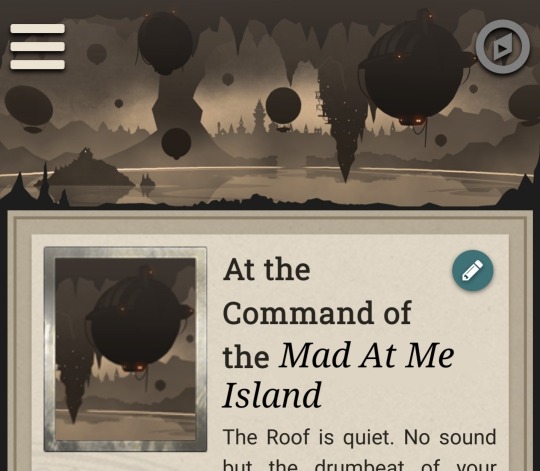
The Zquad strode down the znairstrip, barking manic changes to the already frazzled and hastily repurposed workers. Finding an engineer mounting guns to the airframe, Frilliam slapped him in the mouth. 'Are you insane?' Thwoop followed: 'These things will blow up for like...no reason!'
Flimsy Steve caught up with the group, his extra limbs trailing several carts of mirrors. The flight crew immediately prioritized these modestly delicate installation efforts over the previous battery of dramatic design alterations. There was simply no time to ask questions like where did these shells come from?, why is the engine mounted vertically?, or who is Flimsy Steve, he seems new?
The work was completed shortly after lunch: roast tinned ham sandwiches, expertly prepared by Flimsy Steve, who was now approximating a barbecue grill kissing a Law-Furnace.
Frilliam and Thwoop busied themselves verifying the reliability of the control systems with Znakespeare, while the crew assembled on the freshly worn ground.
After a brief address from Vorombe that concluded with 'Znail Zquadron, roll up' they took to the skies in formation, znailicopters ascending gracefully towards the darkening threat.
Flimsy Steve waited for them below. He wasn't doing any of that.
4 notes
·
View notes
Text
It did not take a psychologist to figure out how dejected Nata was feeling in this moment.
Adamantia's expression softened into one that did little to hide the pity she felt for him. She placed a gloved hand on his shoulder, her grip firm yet gentle as to not hurt, her eyes once again trailing after Lazarus -- a small part of her questioned where he was flying to.
There was a thoughtful quiet after Nata admitted to what he was thinking, and feeling, and a grimace formed on Adamantia's features.

"So do I," she finally admitted herself. "Lazarus is mysterious, needless to say. A once extinct species, now revived... there is almost too much to learn."
With time, however, her smile returned as she thought of a way to lift Nata's spirit. She took her hand off of his shoulder and put two fingers between her lips, then gave a sharp whistle. It barely took a second for alarmed yelps and shouts to pepper across camp as Vorombe, Adamantia's ever-faithful Seikret, came barrelling through the crowd and to a skidding stop right next to his Rider.
Adamantia already had a foot on one of the stirrups as she looked down at Nata again and asked, "With that in mind, would you like to join me and follow Lazarus? Who knows, perhaps we'll learn something new about him."
She was already holding out a hand for him to take hold of, knowing him well enough to know he would happily pounce at the opportunity. And, even if she already knew Nata had a Seikret of his own, it was obvious she wanted him to ride with her.
HE DIDN'T EXPECT IT TO UNDERSTAND. Neither did he expect it to lose interest eventually, either. Though he feels relief at the dissolving tension, Nata also can't help but feel a tad deflated at his unreciprocated fascination towards the beast. Of all poekmon Nata had come across, he felt himself most likened to Arkveld . . . but perhaps that was wishful thinking.
A child could only imagine, however. Precocious as Nata was, he wasn't above entertaining childish fantasies about befriending the most impossible creatures, even if only in thought. The apprentice watches Lazarus go, and sighs through his nose, feeling a mixture of emotions upon his departure.

Thankfully, Adamantia is quick to fill the now empty void. Nata is hardly startled by her, instead lost in thought. He offers her a glance to show that he acknowledged her presence, then looks down at his feet again pensively. "I know it's just wishful thinking, but, I wish I could understand him better." He admits.
#“Ride On!” | IN-CHARACTER#“By order of the Guild!” | ROLE-PLAY#Diamond Devotion | ADAMANTIA#White Wraith | LAZARUS#Keepers' Hope | NATA#Precious googus boy... Kissing his widdle forehead mwah.
7 notes
·
View notes
Text
Vote for Annakacygna!
First off, it's a weird and enormous swan, which is pretty cool on its own, but more importantly, Vorombe is sadly not in the spirit of Dinosaur March Madness: Rising Stars. When it was most likely its own genus, Vorombe would have been a worthy contender, but given the paper indicating it may not be distinct from Aepyornis, this is no longer the case. This year's contest is meant to celebrate recent discoveries, and while a new and informative fossil of a preexisting bird is exciting, it just wouldn't be right for that to win the bird bracket over something truly distinct. I'd hate to have the top bird (or even DMM winner) need to have an asterisk by its name. I have hope that Heracles or Cryptogyps has a chance to defeat Vorombe in the next round, but it's not a guarantee. This is a humble request to consider this factor if you haven't already voted this round.
P.S.: If your reason to vote for Vorombe is that it reminds you of Harambe, I'm sorry, but I don't care for that joke in general and it's hardly a reason for a DMM vote
#annakacycna#vorombe#dinosaur march madness#dmm#a dinosaur a day#dmm rising stars#dinosaur#dinosaurs#my post
42 notes
·
View notes
Text
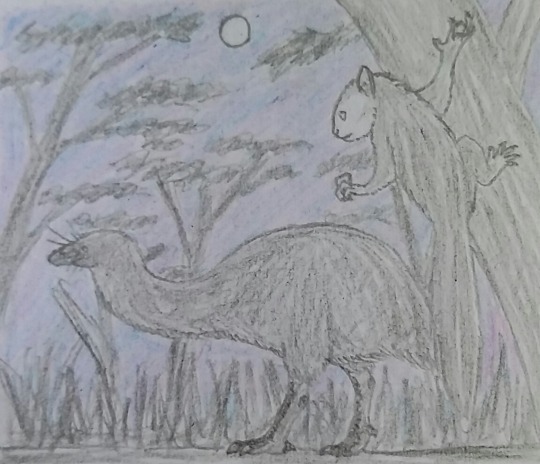
Vorombe & greater aye-aye (Daubentonia robusta) under the moon.
2 notes
·
View notes
Photo
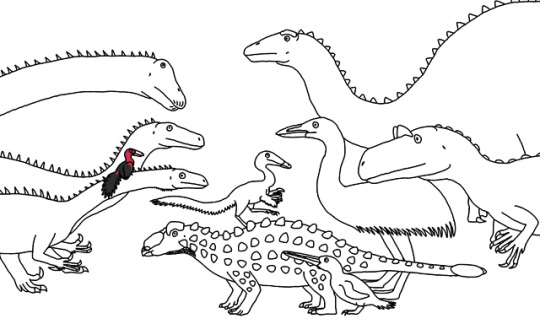
A selection of new dinosaurs named in 2018.
#Dinosaurs#Palaeoblr#2018#Ledumahadi#Caihong#Saltriovenator#Macrocollum#Lavocatisaurus#Jinyunpelta#Bannykus#Sequiwaimanu#Vorombe#Lingwulong
132 notes
·
View notes
Photo
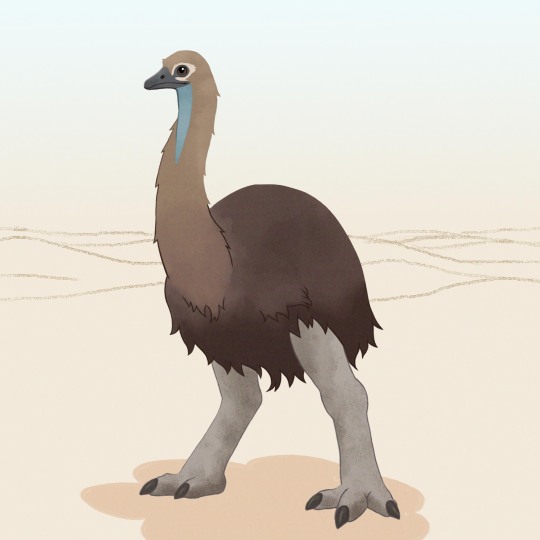
1/30/22 Vorombe (Elephant bird)
155 notes
·
View notes
Photo

V is for... #vorombe #elephantbird #bird #birdsofinstagram #fossil #fossils #palaeontology #palaeontologist #paleoart #naturalhistoryillustration #madagascar #madagascar🇲🇬 #neogene https://www.instagram.com/p/B8_eMf-JMRy/?igshid=1vt5i2s6s9p2n
#vorombe#elephantbird#bird#birdsofinstagram#fossil#fossils#palaeontology#palaeontologist#paleoart#naturalhistoryillustration#madagascar#madagascar🇲🇬#neogene
0 notes
Text
DMM ROUND FOUR MASTERPOST
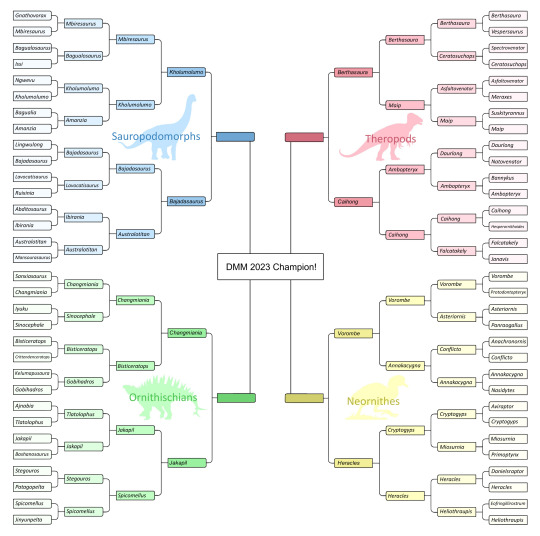
ORNITHISCHIAN FINAL MATCHUP:
Changmiania vs Jakapil
SAUROPODOMORPH FINAL MATCHUP:
Kholumolumo vs Bajadasaurus
NON-NEORNITHINE THEROPOD FINAL MATCHUP:
Berthasaura vs Caihong
NEORNITHINE FINAL MATCHUP:
Vorombe vs Heracles
REBLOG! SHARE! DEBATE!
IT'S DINOSAUR MARCH MADNESS!
#dmm#dmm rising stars#dinosaur march madness#dinosaurs#birds#bracket#march madness#palaeoblr#birblr#paleontology#polls#round four#changmiania#jakapil#kholumolumo#bajadasaurus#berthasaura#caihong#vorombe#heracles
235 notes
·
View notes
Text
saw this ostrich size comparison and immediately took it to the next level

nike nope: just don't do it
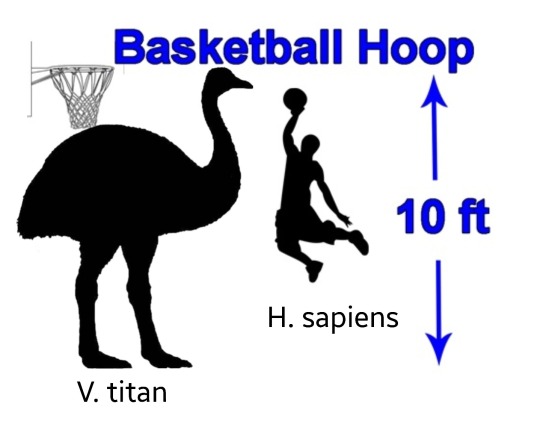
#it is mathematically impossible to dunk on a vorombe#nope: don't do it#vorombe titan#big bird#the dream
2 notes
·
View notes
Text
Ancient Worlds: Early Humans May Have Shared Ancient Europe With This 1,000-Pound Bird
A new study suggests a half-ton bird roamed Europe nearly 2 million years ago, around when our Homo predecessors were first entering the region.
— By Katherine J. Wu | Wednesday, June 26, 2019 | NOVA

An artist's impression of Pachystruthio dmanisensis, an extinct giant bird that a new study suggests lived in early Europe around the same time that early humans first entered the region around 1.8 or 1.7 million years ago. Image Credit: Andrey Atuchin
Traveling to a foreign place is tough under any circumstances. But you can bet your bonnet it was a particularly onerous task 2 million years ago, around the time when early humans first left the African continent.
On these early sojourns, our predecessors didn’t just lack the luxuries of modern wayfarers. Upon entering what’s now Europe, they also had to contend with unpredictable food and water sources, sharp-toothed carnivores… and, apparently, some insanely big birds.
Or, at least, that’s what a new fossil find suggests. According to a study published today in the Journal of Vertebrate Paleontology, early Europe may once have been home to a now-extinct species of giant, flightless bird that clocked in at close to 1,000 pounds, at least three times the weight of your savanna-variety ostrich, the largest bird still alive today.
If the finding pans out, this behemoth bird could occupy a fortuitous juncture in space and time. Not only would it be among the first of its kind documented above the equator—but it may also have had the distinct honor of sharing the landscape with ancient humans at a pivotal point in their geographical diversification.
“If you had asked me before this paper if a giant bird could compete with herbivorous mammals on their own turf in an ice age world, I probably would have said no,” says Bhart-Anjan Bhullar, a vertebrate paleontologist at Yale University who was not involved in the study. “But this is quite a remarkable bird...this study could really add to our understanding of the ancient landscape in which some of our earliest relatives lived.”

The femurs of Pachystruthio dmanisensis, an extinct giant bird (panels A, C, E, F), and a modern common ostrich (Struthio camelus) (panels B, D). Image Credit: Zelenkov et al., Journal of Vertebrate Paleontology, 2019
It’s only once in a blue moon that evolution cooks up a bird the size of a grand piano. As far as we humans know, it’s happened just a handful of times throughout history, perhaps most famously in the mihirungs (Dromornis) of Australia and the elephant birds (Mullerornis, Vorombe, and Aepyornis) of Madagascar, each of which may have weighed close to 1,500 pounds.
After all, it’s not easy being big. Bulk certainly has its perks, but the downsides range from conspicuousness (a problem for predators and prey alike) to extra exposure to the elements. On the whole, researchers still don’t have a good grasp on all the conditions that precipitated the rise and fall of gigantism in most animal lineages, which makes every new instance a potential paleontological goldmine.
So far, this new specimen is represented by only a single, 15-inch femur unearthed from the Taurida Cave on what’s now the Crimean Peninsula. Without more of the skeleton available, it’s tough to make more than a handful of approximations. But by analyzing the thigh bone’s shape and size, a team led by study author Nikita Zelenkov, a paleontologist at the Russian Academy of Sciences, assigned to the species Pachystruthio dmanisensis—a lineage distinct from the Struthio genus that includes the common ostrich (Struthio camelus).
The name also contains a nod to the nearby archaeological site of Dmanisi, Georgia, where several ancient animal remains (including, Zelenkov notes, a couple giant bird femurs described in 1990 that look strikingly similar to this new one) and some of the oldest known Homo fossils outside of Africa have been uncovered
Using the bone’s dimensions, the researchers estimated the bird’s body mass to be around half a ton—a quantity nearly on par with an adult polar bear. Through sheer weight alone, P. dmanisensis may be the largest known avian in the northern hemisphere, Zelenkov says.
Based on the fossil’s age—about 1.8 or 1.7 million years old—P. dmanisensis likely kept similarly colossal company. At the time, the creatures that stalked the earth included giant hyenas and supersized versions of today’s carnivorous cats, both of which would have gladly noshed on flightless fowl.
Luckily, it seems this bird had some tricks up its wing. Like many other heavyset avians of the past, P. dmanisensis boasted thick, dense bones that kept it from taking to the skies. But compared to its ancient cousins like elephant birds, this bird had a femur that was relatively slender and long. The bone almost looks like a stockier, more robust version of something you’d find in a modern ostrich—a bird that can sprint at speeds near 45 miles per hour, says Jessie Atterholt, a vertebrate paleontologist and comparative anatomist at the University of California, Berkeley who was not involved in the study.
This similarities hint that P. dmanisensis might have been a pretty capable runner, Zelenkov says.
Of course, with a few hundred extra pounds on its massive frame, P. dmanisensis was almost certainly not dashing about at the same speeds as its distant modern cousin, and probably couldn’t sustain long bouts of continuous movement, says Delphine Angst, a paleobiologist and fossil bird expert at the University of Bristol who was not involved in the study. “It could probably run when it had to,” she says, “but this might not have been [its] favorite way of locomotion.”

One of the Dmanisi skulls, a collection of early human remains uncovered in Dmanisi, Georgia that date back to around 1.8 or 1.7 million years ago. The skulls are thought to represent some of the earliest groups of ancient humans that emigrated from Africa. Image Credit: Desc/Em, flickr
But even if the bird was cornered by a particularly dogged carnivore, Bhullar says, it probably had enough heft to hold its own. Though it lacked the ability to fly, he adds, this bird was clearly able to coexist with some of the most formidable foes of the era—including, perhaps, the most dangerous predators of all: early humans.
At least, for a time. P. dmanisensis eventually went the way of the dodo (though if we’re getting technical, it’s really the other way around). What’s not known, however, is why.
Given P. dmanisensis’ placement in time and space, early humans might seem an obvious culprit. (If so, it wouldn’t be the first time a Homo species has driven a big bird to extinction.) But the story might be more complicated than that. Zelenkov thinks there’s a decent chance the birds disappeared without any help from the genus Homo, instead succumbing to a combination of pressures from a changing climate, predation, and disease.
Without more fossils, it’s unclear if these birds interacted much with humans at all, says Julia Clarke, a vertebrate paleontologist at the University of Texas Austin who was not involved in the study. Though the archaeological evidence places the two groups in the same geographic region and date range, more data to suggest they occupied the same sites would strengthen the case, she says.
But all that has to start somewhere, Atterholt says. “It’s exciting that these birds made it into this part of Europe,” she adds. “Now that they know where these fossils are, hopefully field work will continue in this area.”
409 notes
·
View notes
Link
Just had lunch with the guy who described the species last week! Cool dude, someone hire him, this was his PhD dissertation and he'll make a great addition to any faculty if he keeps publishing like this
Presenting Vorombe titan, a new species of flightless elephant bird identified by researchers at the Zoological Society of London Institute of Zoology in London in the UK.
#on the off chance he sees this#what's up#thanks for answering a bunch of grad students questions#we appreciate it#my post#paleontology#ornithology#vorombe titan#evolutionary biology#zoology#animal biology
2K notes
·
View notes
